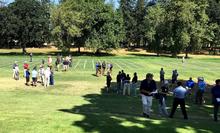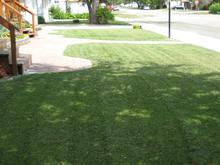What factors influence consumer adoption of low-input turfgrasses?
By Chengyan Yue, Manlin Cui and Eric Watkins, University of Minnesota; and Aaron Patton, Purdue University
There are clear environmental and social benefits to increasing the use of low-input turfgrasses in home landscapes; however, to increase the market share and use of these grasses, it is crucial to understand the factors that influence consumers’ adoption decisions.

